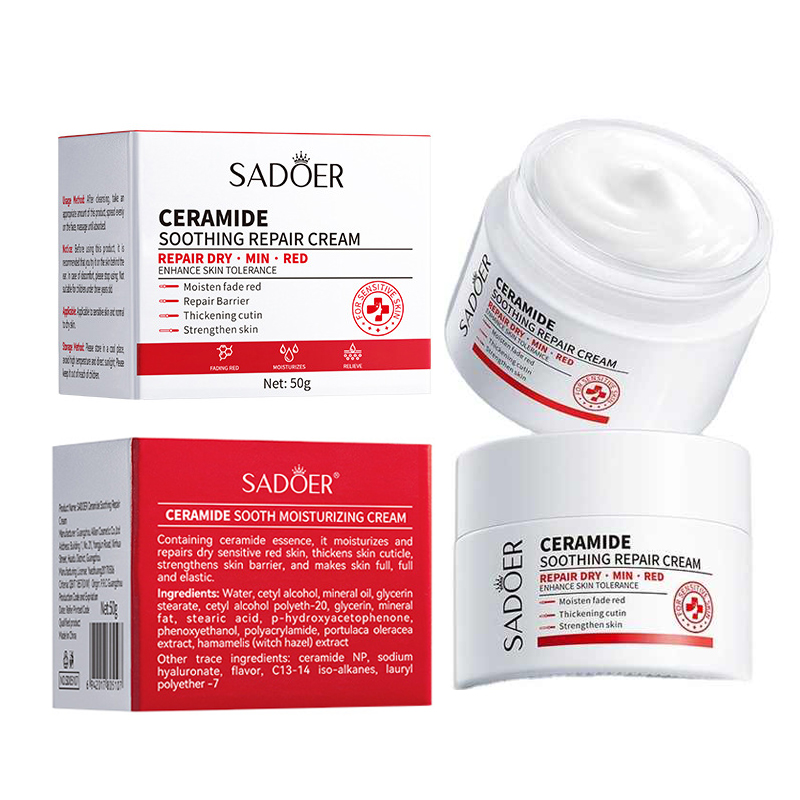Allergic skin is one of the most painful problems. When the skin has an allergic reaction to a specific substance or environment, uncomfortable symptoms such as itching, redness, dryness and sensitivity can occur. To fix allergic skin quickly and effectively, here are some tips to help you achieve the desired results.
Step 1: Identify the allergen
To quickly repair allergic skin, it is important to first identify the cause of the allergy. The causes of allergic skin reactions to specific substances or environments vary, and common ones include cosmetics, food, drugs, dust mites, and more. If you can identify the cause of the allergy, then it will be easier to repair the allergic skin.
Step 2: Discontinue potential allergens
Once you’ve identified a potential allergen, the next step is to stop using the product or stay away from the environment that could trigger the allergy. If you experience allergic symptoms after using a certain cosmetic product, stop using it immediately and choose a mild product suitable for allergic skin. Also, try to avoid exposure to environments that can trigger allergies, such as areas with high pollen concentrations or places with a lot of dust.
Step 3: Keep your skin moisturized
Allergic skin is often accompanied by dryness and itchiness. Therefore, in order to repair allergic skin, it is very important to keep the skin moisturized. Use moisturizing products to help the skin lock in moisture and prevent water loss. Choose moisturizing products that are gentle and free of irritating ingredients, such as creams or lotions that contain hyaluronic acid and glycerin. In addition, after washing your face, try to avoid using hot water, wash your face with warm water, then gently pat dry, and then immediately apply moisturizing products.
Step 4: Use soothing and anti-sensitivity products
In order to effectively repair allergic skin, the use of soothing and anti-sensitivity products is also essential. These products can help relieve allergy symptoms and reduce itching and redness. For example, masks and lotions containing soothing ingredients such as aloe vera, green tea, chamomile and burdock can soothe allergic skin. Anti-sensitivity products such as yogurt, oatmeal, and honey can also provide calming effects. When choosing these products, make sure they do not contain allergenic ingredients.
Step 5: Strengthen maintenance and nutrition
In order to speed up the repair of allergic skin, it can also strengthen the maintenance and nutrition. Good eating and drinking habits help to improve the condition of the skin. Eat foods rich in vitamins and antioxidants, such as fruits, vegetables, and nuts. In addition, getting enough sleep and reducing stress can also help restore healthy skin.
Step 6: Seek medical help
If your allergic skin problem is severe and won’t heal on its own, it’s wise to seek medical help. A professional dermatologist can help you find the best treatment for you. They may suggest anti-allergy medications, antihistamines, or topical hormone medications to relieve symptoms. During treatment, follow your doctor’s advice and avoid self-medication.
Post time: Nov-15-2023







